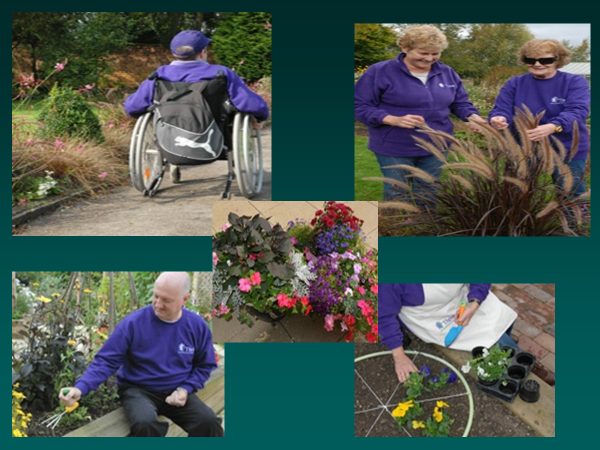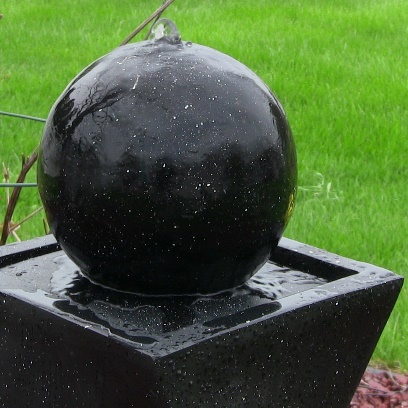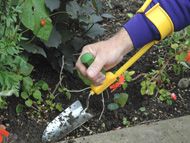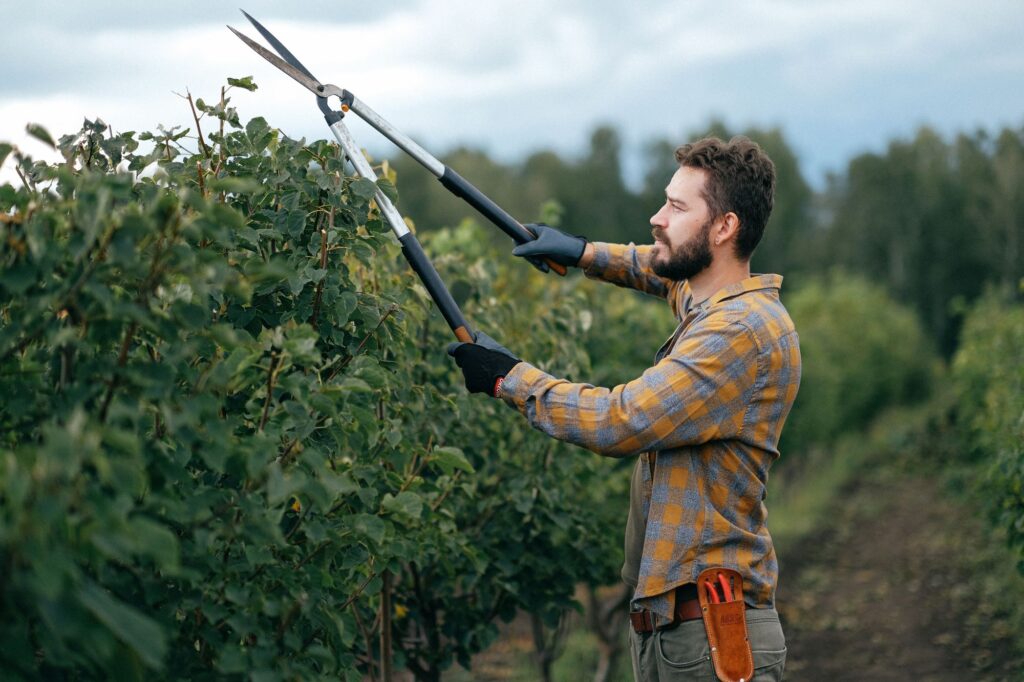
How can you make a garden for everyone?
One might argue that all gardens are therapeutic. Green spaces tend to be calming and stress-free; thus heart healthy and mental health support. A garden is a place that affects the body, mind, and soul. It is a space to see, smell, hear and touch. Gardening is therapeutic for most anyone; however, after a stroke, heart disease, the onset of dementia, or a mental health issue, gardening can be a particularly therapeutic activity or a frustrating chore.
Disability impacts the lives of many Ontarians. The number of people with disabilities is increasing as the population ages. Today, over 15% of Ontario’s population has a disability, including more than 40% of people over age 65. Approximately 1.85 million people in Ontario have a disability.

Simple modifications to make a garden for everyone:
Guide wires, edges:
String used to divide the planting space can indicate where various plants will be placed. Flat boards on the surface or raised beds define an outer edge of the proposed planting space.
Scent attractions:
Strongly scented flowers or herbs can be used as directional guides for the visually challenged. The following are a few examples:
-
- Indoors- Jasmine and Gardenia.
- Outdoors- Springtime- Scented Primrose, Hyacinth.
- Summer- Heliotrope, Freesia (white & yellow), Lily (Stargazer), Lily-of-the-valley.
- Evening scent – Brugmansia, Night scented Stocks, Nicotiana.
- Shrubs – Lilac, Korean Spice Viburnum, Mock Orange, Daphne.
- Vines- Honeysuckle, Sweet Autumn Clematis.
- Herbs- mint, rosemary, basil. A strongly scented herb placed at the beginning of a row can indicate what is in the row. For example – if rosemary is followed by a row of potatoes, the scent of rosemary, leaf shape and texture indicate “this is the potato row”.
Sound Interest:

Sounds can be generated by tall grasses rustling, birds singing, wind chimes, or bubbling water. Choose plants to attract birds or add some wind chimes or a water feature. A fountain attracts song birds, offers something to touch, and provides the soothing sound of trickling water.
Tactile features:
Try plants with soft “furry” leaf surfaces such as Lambs Ears or plants with large seed pods such as Swamp Milk Weed or Sunflowers.
Textured paths and garden ornaments can make the garden more interesting, be directional signs, or indicate a bench placement.
Architecture, Lighting and Tools:

- Paths 1.2 metres wide and raised beds are ideal to accommodate a wheelchair.
- Various textures underfoot can indicate changes in direction or upcoming obstacles.
- A pergola offers shade and a spot to rest while benches offer a place in the sunshine.
- Clearly marked corners with alternate coloured paint will help avoid injuries.
- Ergonomically-designed gardening tools accommodate weak limbs or arthritic joints.
- Well-lit paths provide a safe space for evening enjoyment.
With just a few adjustments, the garden can be a space that stimulates the senses and inspires creativity, making life more enjoyable for everyone.
For more information go to:
- THRIVE – www.thrive.org.uk
- Canadian Horticultural Association – www.chta.ca
- Horticultural Therapy: Royal Botanical Gardens – www.rbg.ca/horticulturaltherapy
- Accessibility for Ontarians with Disabilities Act – https://www.aoda.ca/





About The Author: Dorothy McGee
More posts by Dorothy McGee